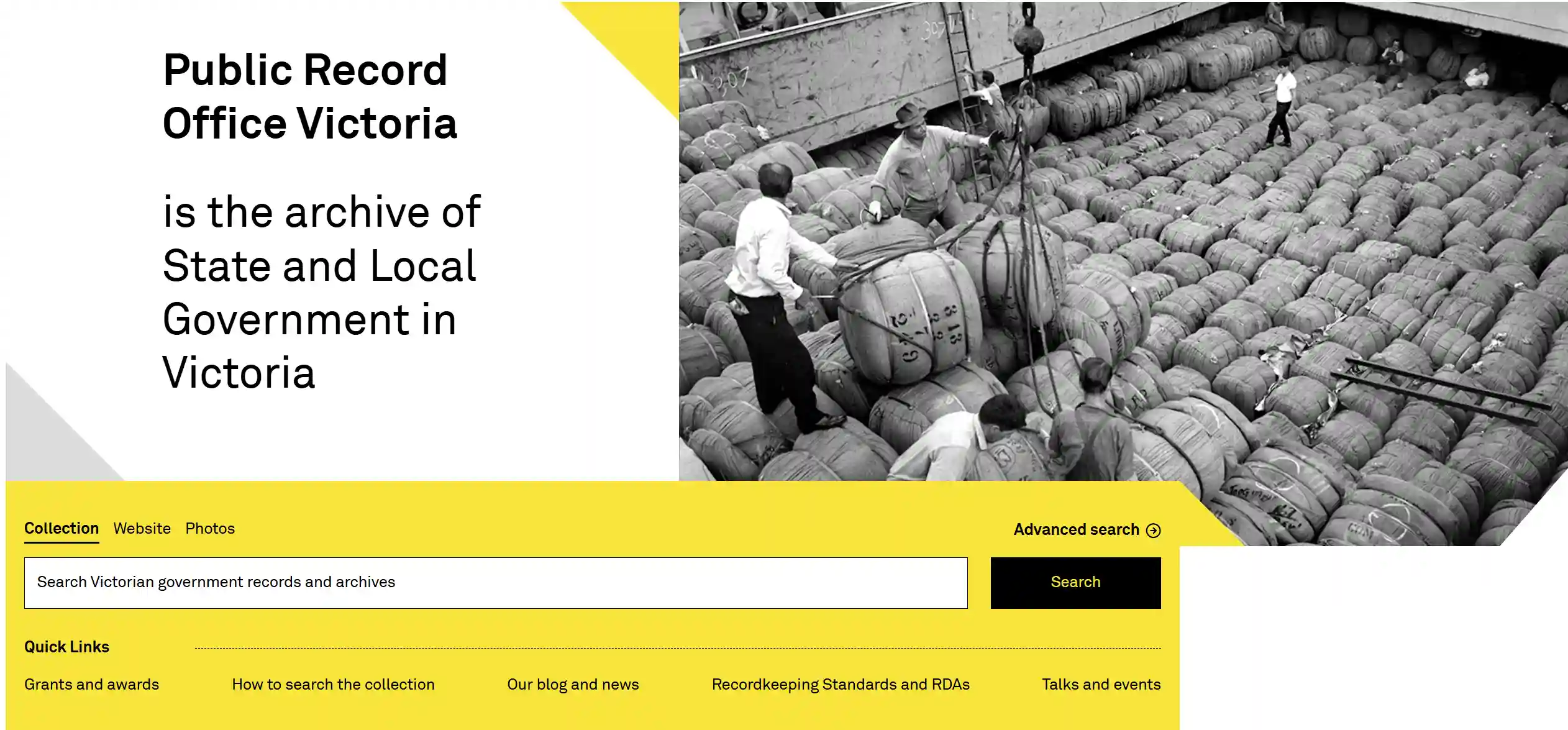
Introduction
Public Record Office Victoria (PROV) protects millions of historical photographs that document the history of Victoria, Australia.
However, without proper descriptions, these images were hidden away in the archive, difficult for anyone to find or use. PROV needed a modern solution to label this collection accurately and at a large scale.
They partnered with Labellerr to build a system that uses both artificial intelligence and human expertise to make their entire photo archive searchable for the first time.
Our Customer: Public Record Office Victoria (PROV)
PROV is the official archive for the State and Local Governments in Victoria. It holds records that date from 1836 to today.
Their collection includes millions of photos that offer a unique window into the state's past. PROV's mission is to preserve these historical records and make them accessible to researchers, historians, and the public.
The Complex Data Labeling Challenge
PROV faced several major hurdles in making its photo collection accessible.
- Massive Scale: With millions of photos, manually creating descriptions for each one was an impossible task for their team and volunteers.
- Historical Accuracy: The photos needed correct historical context. AI on its own often makes mistakes, like misreading old handwriting or guessing the wrong location based on a ship's name. Human knowledge was essential for accuracy.
- Varied and Complex Content: The historical photos came from different eras, with varying quality and content. Many images had handwritten notes on the negatives that needed to be transcribed to be useful.
How Labellerr Stepped In
Labellerr provided a complete solution that combined advanced technology with a practical workflow.
- Hybrid AI-Human Workflow: Labellerr created a powerful two-step process. First, an AI model (Google Gemini Pro) scanned the photos, read the handwritten notes, and generated initial keywords and descriptions.
Then, human volunteers reviewed the AI’s work. They corrected errors, added important historical details, and approved the final descriptions, ensuring every label was accurate. - Custom AI Instructions: Labellerr's platform allowed PROV to give the AI very specific instructions, called prompts.
They could tell the AI exactly what to look for, how to format dates, and what kind of description to write. They could also easily adjust these instructions for different types of photos to improve the results. - Fast Batch Processing: PROV used the platform to apply these AI instructions to hundreds of photos at once. The system processed a batch of 200 photos in about 12 minutes, which dramatically sped up the project.
- Seamless Integration: The Labellerr platform connected directly to PROV's archive system. It automatically pulled in photos and any existing information, and then sent the newly created labels back to PROV’s main catalog.
- Collaborative Partnership: The Labellerr team worked closely with PROV to understand their unique needs. They added new features to the platform to help PROV manage the project and its team of volunteers more effectively.
Results and Impact
The partnership between PROV and Labellerr delivered transformative results.
- Unlocked a Hidden Archive: PROV turned its massive, hard-to-use photo collection into a valuable and searchable resource. Now, researchers, historians, and the public can instantly find the historical images they need.
- Saved Years of Work: The AI-human team described 4,000 photos in just a few weeks. This same task would have taken volunteers years to complete manually.
- Ensured High Accuracy: The workflow combined the best of both worlds. The AI provided speed, while the human reviewers guaranteed that the final labels were reliable and historically correct.
Reviewers caught and fixed AI mistakes, such as when the AI identified a port as being in Japan simply because a ship was named "Tokyo Bay". - Created a Model for Others: This project serves as a blueprint for other archives and cultural institutions. It shows how they can use a hybrid AI-human approach to make their own vast collections accessible to the world.
Conclusion
The partnership between PROV and Labellerr is a powerful example of how technology can help preserve and share history.
By combining Labellerr’s smart AI platform with the essential knowledge of human experts, PROV successfully unlocked its priceless photo archive.
This project has made millions of historical images searchable for the first time, ensuring that these important records can be studied and enjoyed for generations to come.









.png)